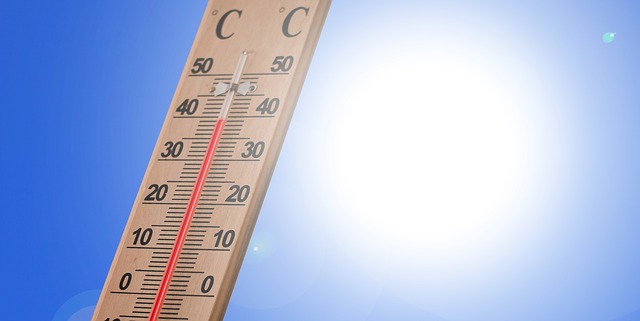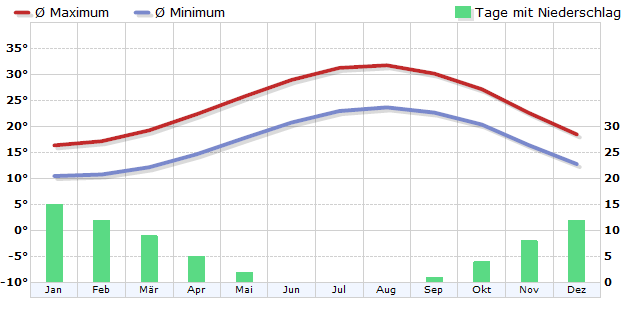Climate Lebanon
Despite its relatively small size, the country can be divided into three different climate zones. Along the Mediterranean coast there is a Mediterranean climate. The summers are warm to hot and dry, the winters are mild and quite humid. The annual precipitation there is around 900 litres per square metre. In the months June to September hardly any rain falls. The average maximum values are between 29 and 32 degrees in summer and between 16 and 19 degrees in winter. The mountains in the interior have a mountain climate. The annual precipitation of up to 1200 litres falls mainly in the winter months. They often fall as snow. The winters are cold and long. In some areas there is snow until May. In summer the temperatures are clearly lower than in the coastal regions. East of the mountains lies the Bekaa plain in their rain shadow. There the continental climate predominates. The summers are dry and hot, the winters cold, but also dry. The annual precipitation amounts to only about 300 litres.
The best time to visit Lebanon is in the spring months of March to May. The weather and temperatures are usually pleasant and nature is green. October is also a good time to visit the country. The winter months are mostly rainy on the coast, but in the mountains you can do winter sports.


